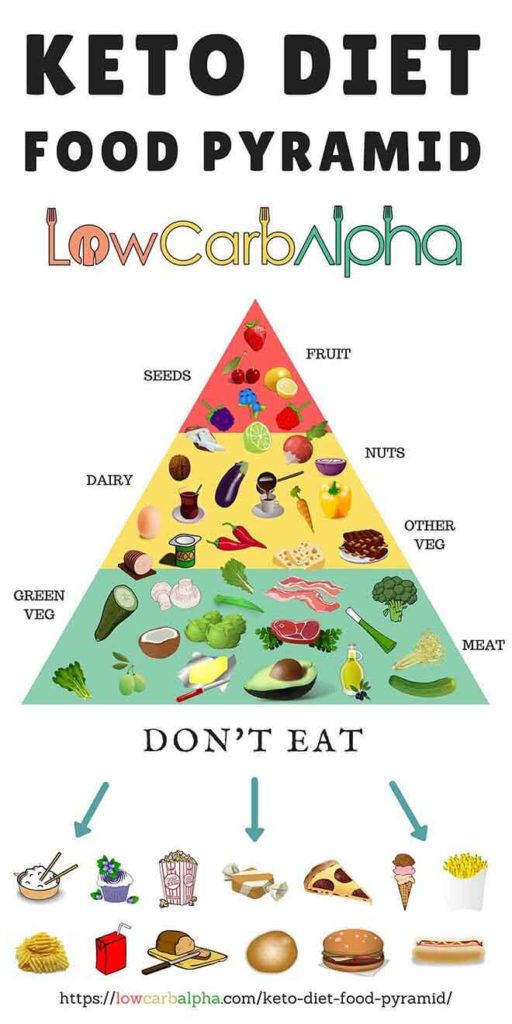life hacksBread Butts


There’s a whole lot I can say to share the story of how we decided to adopt, but I really feel that most of the story of it is their story – my children’s – to individually (or in tandem) share their take on the situation and only as much as they choose. For the most part, they understand they are adopted, they know their birth mom loves them and did her best to keep them safe, and they know that their entire adoptive family loves them, no matter what.
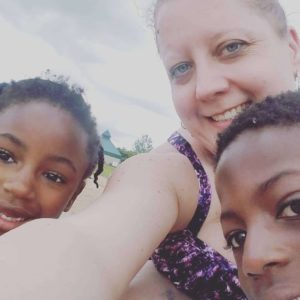
The part that I love to share about their adoption story, however, is that they are biological brother and sister and that theirs was a kinship adoption. For those of you who don’t know what a kinship adoption is, it’s just a fancy way of saying that they are part of our family tree.
I’ll never forget the numerous meetings and conferences we sat through throughout the process of fostering, then adoption, but the one that sticks in my mind the clearest was the last one. It was a meeting that included family members from another state on a video call that had never met both of these cuties; the children we almost two and 5 years old at that point. It also included everyone else (including their biological parents) who had a vested interest in both of the children’s health and wellbeing. The children did not attend.
The most poignant part of that meeting was when the county social worker stated something to the effect of, “We prefer to place children with people who are of the same culture that they come from,” indicating that my husband, who is Mexican, and myself, who is obviously Caucasian, were unfit to raise these children because of our skin color. It didn’t matter to the social worker that both children, statistically speaking, were likely going to have mental health and/or learning difficulties in the future, and my husband and I are both Special Education teachers, highly knowledgable and capable of taking care of whatever came our way if the children ended up having special needs, or the fact that we have a home that suits both children well and is more than big enough to house them, or the fact that we have the means (although definitely not to the point of extravagance) to take care of their most basic needs and wants without needing additional assistance (although any additional would be appreciated), or that we had been doing quite well fostering them for about 4 months at that point, even though it was unexpected that we had taken them into our home as quickly as we had, and we had never had a chance to raise children before they arrived. It also didn’t seem to matter that the part of the family that is African-American had not yet met both children, they also happened to be getting up in age or were dealing with serious health concerns. The social worker also didn’t seem to blink when these family members stated that they didn’t feel well-equipped to take care of two children who were so young at that point. No, the social workers only wanted the children’s “new” family’s skin color to match theirs.
Now, I get it. Things are probably a lot easier for children when they “look like” they “fit” into an adoptive family, but is it right to think that’s the only thing that matters? I seriously hope not!
Their biological mom was understandably upset by this statement and proceeded to tell everyone that she did not care what the family of her children looked like, but she cared the most about how they treat her children. She wanted them to be taken care of and loved. She wanted them to grow up and be successful. She wanted them to be able to live safely in a stable home. She wanted her adoptive mom to do her daughter’s hair. Skin. Color. Didn’t. Matter.
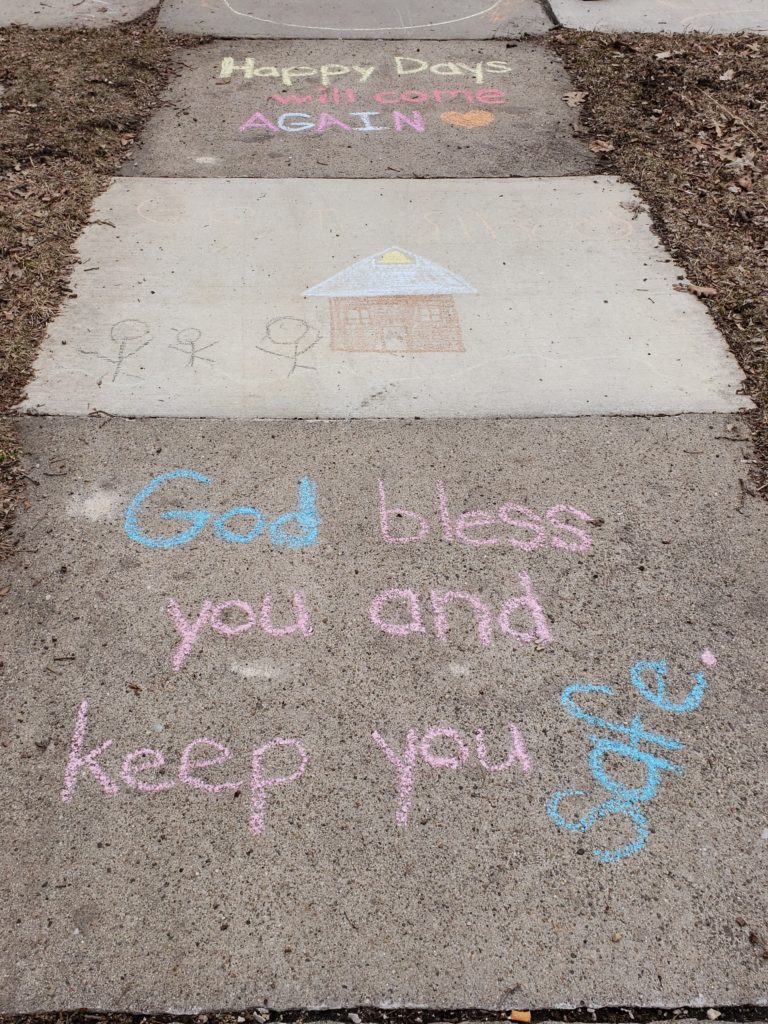
Now, I can tell you with assurance, we have had a bit of a learning curve since these cuties have become our children. We have addressed topics with them that we would’ve probably not needed to address with veracity had we birthed children of our own. Yes, we would have addressed racism with our birth children, no matter what, but there is a different level of conversation that takes place in a household with three different races sharing a family bond. It’s both beautiful and scary. I have found myself actively looking for ways to plug the kids into their culture, whether it be by making sure they have the *only* black doctor on staff or by watching hairstyle videos with my daughter to learn how to recreate the latest trends in her hair, or by going to adoption “fun days,” or we just sit and talk about what is happening in the culture of the day. God has definitely led me to some amazing places for and with these children.
It’s awesome, though, what my children have taught me about human connection; the visceral need to feel loved and appreciated. I’m continually learning how to parent well – Lord knows, I fall hard many times each day, but thankfully, children are forgiving even when my spouse may not be. Times can be both difficult and exciting, but that doesn’t mean that we can’t continue to love others, regardless (and maybe even because of) our differences. I’m pretty sure we all still have a lot to learn in this area of relationship-building.
Transracial adoption has changed me. I am so much better for it, and our children are pretty darn amazing, too!

I love Pinterest!!!
There, I said it. Now that’s out in the open, I thought I would share with you my carefully curated Pinterest Boards, all having to do with various aspects of education. Many of my educational Pinterest boards have to do with Special Education, but as you’ll find, most Special Education techniques work with all children! Sound crazy? Well, just give it a shot!
Find everything I’ve saved on Pinterest by clicking HERE, otherwise, keep scrolling down…
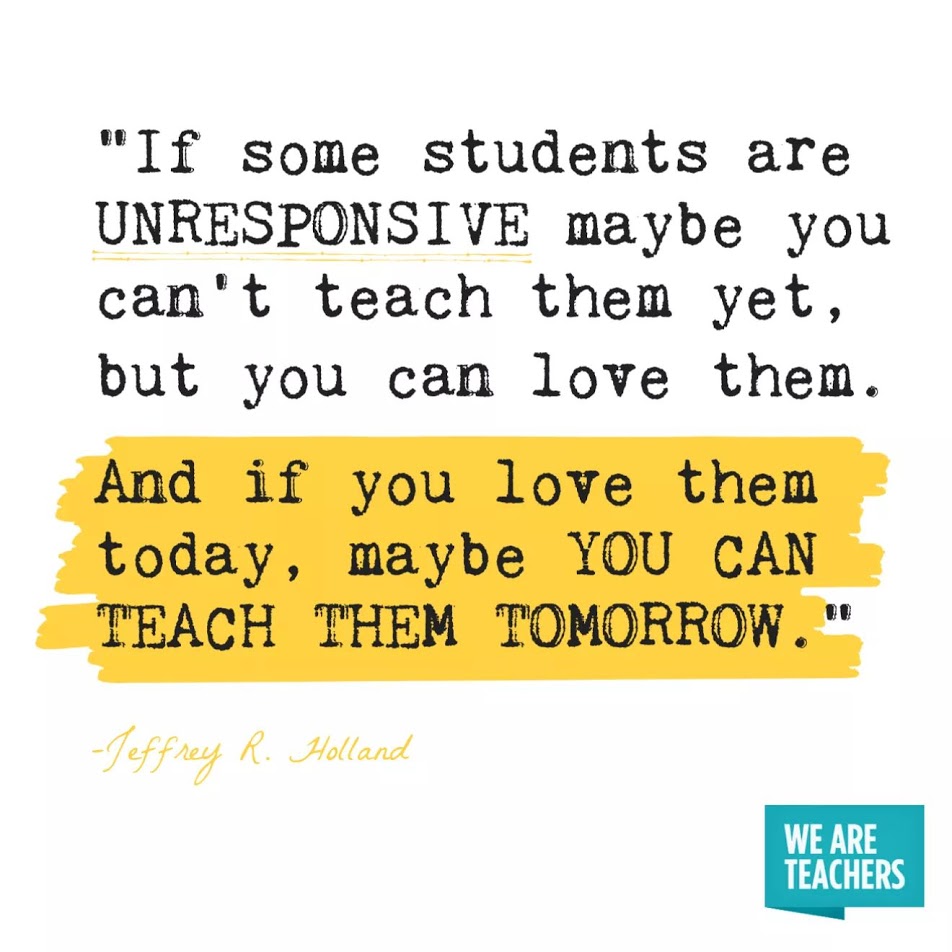

Here, you will find an absolute gold mine full of ideas for amazing anchor charts! Copy them exactly or make them your own. Just don’t forget to refer to them throughout the year, or they’ll be just one more thing to take off the wall at the end of the year!

This is definitely something I struggle with – especially as a Special Education teacher. It’s taken me a while to figure out what works for me but when I have, it’s a wonderful moment.
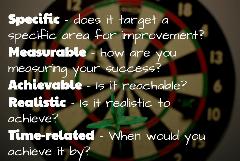
Data, data, data. What to do with it all? Hopefully, this will give you a place to start, whether you’re a generalist or a Special Education teacher.

This is to give you some ideas on how to keep those brains making connections, even when the main activity is complete!

Not many people seem to use these much in secondary education, but I use them whenever I can. It’s so nice to be able to get my students off the computer screens whenever possible!

This is where I keep a plethora of ideas specifically geared toward middle school. It’s difficult to balance the immaturity of a 6th grader and the moodiness of a 7th grader some days when you teach mixed grades in Special Education. I need all of the ideas I can get!

When I started my first year of teaching, I was shocked to find that some of my high schoolers needed consumer math skills! This is a great place to start to get an idea of what to do in this type of situation.
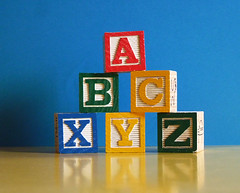
This was like a gut-punch, too! I knew I was going to be teaching lower-level readers as a Special Education teacher, BUT I had no idea I would ever need to teach children how to read at a middle school level. You best believe, I did what I could to come up with some ideas fast!


Are your students disorganized? Do they have IEP goals that need to be addressed in this area? Well, start here for some fantastic ideas!

Here is a great place to go for ideas about how to teach life skills to students in a variety of fun ways.
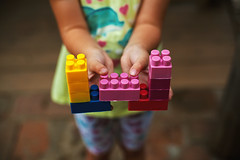
I’ve only known about task boxes for about 4 years now. They are a game-changer when it comes to needing practice activities for several different levels of students. I also use them to reinforce new learning or to assess growth on IEP goals and objectives!
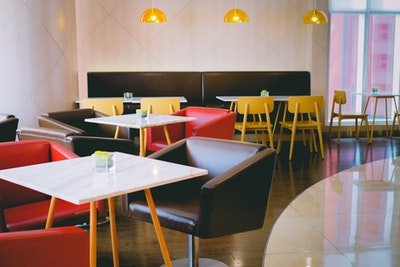
This is a perfect place to go for all kinds of information about teaching Special Education students.

Writing is hard, especially at a secondary level. Here are some resources I’ve used to teach it in my classroom.
My husband and I began our Ketogenic lifestyle journey about two years ago…maybe a bit longer than that. When I say journey, I do mean journey. As with many lifestyle changes, it hasn’t always been easy, and we both still have moments, days, weeks, and even months (thank you, Covid, for the quarantine, where I began to eat my feelings again) where we make unhealthy choices. All in all, though, I have lost 55 pounds and kept it off…and I have the energy I can’t remember ever having before!
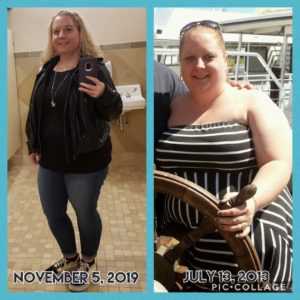
I struggled with my weight my entire life. I grew up with a dad who, although I know his heart was in the right place, restricted the family from having processed sugar. I would get to eat it at a birthday party or as a special treat on the holidays, but nothing more than that…or so he thought. Instead of keeping away from it, I would sneak sugary sweets. It even got to the point where I would steal from stores or I would gorge out on it at a friend’s house, which would end in an entire night of puking. My aunt’s house was my favorite place to hang out with my cousin because we got to eat Captain Crunch cereal straight outta the box! Sugar was an obsession for me and I craved it all the time.
This addiction continued well into my 20s and 30s. Married at 20 and 21, respectively, my husband and I ate up carbs like we should’ve been drinking water. This was even after my husband had a terrible scare and I had to take him to the emergency room to find out that he definitely had diabetes. We were given a tiny bit of advice (in the early 2000s in Texas, if you didn’t have insurance, you were basically a nobody in the eyes of healthcare professionals) about what to eat, but that was all. We met with a dietician one time and were basically told to cut down on the potatoes, rice, and pasta, to eat servings of meat no bigger than our fist, and only buy food that was 12g of carbs or less when we went shopping. Cut down on potatoes, rice, and pasta?! That’s all we could really afford on our full-time college/work salaries!! So, our new diet didn’t last long. We simply couldn’t afford it. Heck, we rarely ate meat anyway – it was too expensive to buy. Life moved on while Hubbster and I got less and less healthy and lost more and more energy.
One day, Hubbster told me, “I want to try a new diet. It’s Keto…” and he went on to explain it to me. Honestly, I thought he has lost his mind. Plus, we had two children now and we were living on teacher salaries – how in the heck could we afford it?! he promised that he wouldn’t let it overkill our budget, so I told him to dive in. I scoffed and rolled my eyes a lot…until…
…HE LOST 35 POUNDS IN 3 MONTHS! AND HE HAD TONS OF ENERGY! ~ SAY WHAT?!
I finally jumped on board and never looked back. Ha! Who am I kidding? I dreamed about sweets and thought about sweets ALL THE TIME. After all, I was the person who, if I was ever craving sweets, I wouldn’t go to the store, I would make whatever it was I wanted – I love to bake!
After several half attempts at Keto, I decided to knuckle-down. I removed ALL of the sugars and flours from our cupboards and replaced them with Keto-friendly options. I began pouring over websites and researching how Keto baking is so much more different than regular baking. I began to recreate my favorite recipes to be Keto-friendly. I am now very proud to say that I have at least a handful of killer sweets recipes that I have perfected through much trial and error. Of course, I still have my moments where I make the conscious choice to make an unhealthy eating choice, but I know what I’m doing to myself when I do. I no longer eat something without any knowledge of what I’m doing to my body. If anything, that has been the best part of this lifestyle – knowing everything I need to know to make healthy food choices.
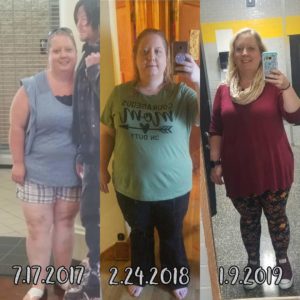
One thing that some people can’t believe is that Hubbster and I have done this with no additional “Keto” supplements. The only additional thing I added to my day has been powdered MCT oil. I can’t stand the liquid when it floats on top of my coffee each morning, so powdered it is. It keeps me regular (you know what I mean) and helps my general digestion every day. This lifestyle change can be made by anyone, it’s not just for people with money. I can’t wait to start sharing some of my very favorite Keto recipes with you all!
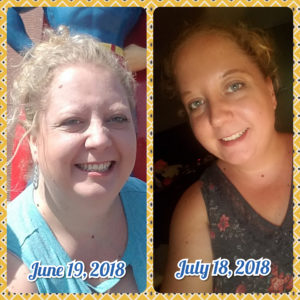
Below are the basics of the Keto diet. It isn’t for the faint of heart and truly only the first month is a bit torturous, but it’s oh, so worth it! Of course, don’t start a diet without first consulting your doctor. I am NOT a professional healthcare provider, so all of the information provided here is my personal opinion about the Keto diet and my personal story of how it helped me. There is absolutely no guarantee that this will work for you. Please do your research before jumping into any new diet or lifestyle without the guidance of a doctor.
